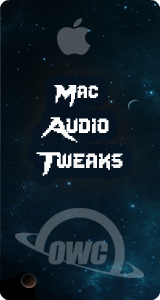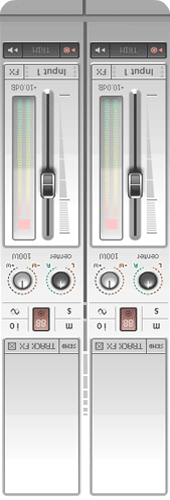Keeping Budgets Low and Spirits High: by Ben Long

Originally published in Develop Magazine
While attending the E3 conference in June, I was reminded the future has already arrived. The robotic beeps that hypnotized us in the past are now live orchestras, celebrity voice talent and alligators recorded in 7.1 surround. Today, a mere telephone can play video games sporting graphics and rich CD quality audio. This is even more astounding when one considers that games are still being released with General MIDI soundtracks. Uncompressed audio is a recent luxury for both developers and consumers of mobile entertainment. The console market has been enjoying CD quality audio for even longer.
Creating audio content for games is entirely different than that of film or television. An individual views a movie perhaps three times, at most, whereas a game may be played hundreds of times by one person. Why should we limit ourselves to games that mimic the big screen? That subject has been widely discussed, but with next-gen audio technologies becoming a reality, we now have the means to move the game industry even deeper into sonic bliss. Adaptive audio has given us the ability to keep a player emotionally engaged for longer periods of time. However, without compelling content, this technology becomes much like a broken tractor, rusting away in the fields. The human touch and proper implementation is required to work with a game engine.
For the uninitiated, Adaptive Audio is a term used for describing the use of custom music tracks which contain separate, playable elements called “stems”. These tracks can then be layered uniquely, creating a soundscape that changes according to a player’s journey. The tempo can also be modified to sync with a character’s mobility - running, walking or even flying. Taking advantage of this ability not only makes for a more immersive experience, but it can stretch thirty minutes of audio content into sixty minutes of audio content. When properly planned into the earliest stages of game development, adaptive audio can assist with shrinking budgets and timelines. I once had a fortune cookie that read: “A laser-hot focus on pre-production keeps everyone as happy as clams” I also recall reading an article that championed the seven P’s: “Prior Planning & Preparation Prevents Piss Poor Performance”. It kind of goes without saying, but when budgets spiral out of control, organization and communication are often the chief culprits.
Game audio professionals can benefit greatly from using a simple project management application like Basecamp to track the status of audio. The naming convention used to label files should be consistent with the scope of the project, making audio assets more manageable. These are basic tools, but they help to form a strong foundation for more creative endeavors. The entire development cycle can benefit greatly from making pre-production a higher priority. If technology only gets faster, better and stronger, then shouldn’t we strive to improve our communication, organization and creative output as human beings?
With the size and complexity of games expanding overnight, the need for compelling audio content has risen to new heights. The industry is now exploring creative ways to implement and manage the growing number of audio assets in games. The next-gen audio technologies that are being developed today will be able to create music and effects in real time. This subject falls into the realm of Generative Audio, which promises to lighten the CPU load and literally create audio assets out of thin air. Imagine having a Pro Tools workstation inside the console, constantly churning out new soundscapes and music via Artificial Intelligence. This is a staggering thought, but it’s quickly becoming a reality. With effects and music being generated on the fly, audio assets are essentially created for free. This brings more questions than one article can possibly address, but let’s just say that AI in game audio is rapidly approaching.
New companies are seeking to change the way active media content is created, experienced and commercialised. One company working to make this a reality is Mast Labs, a global engineering R&D group focused on the innovation of bespoke, disruptive technology in the game industry. One of their specialties is taking regular songs and encoding them into a new format that will be accessed by standard gaming systems which will then control, modulate and even unlock music when played alongside the game. MastLabs is poised to “unlock the bridge between the gaming and digital music spaces, offering unlimited potential for new commerce models and enhanced experiences in a cross-platform environment with both user and industry participation, control and benefits”
After reading the white papers (and the NDA), I had to pull my chin off the floor and stand back to digest the entire concept. A real world scenario would involve a casual music listener/gamer downloading a top 40 song from his or her favorite music merchant. They could either buy the $.99 regular version, or the $1.29 enhanced version which unlocks a world of interactivity. The song is instantly ‘scored on the fly’ to participate with the game action and even has secret codes that when played correctly unlocks game content, and vice versa. Could this technology be the future of game audio? It certainly seems cool and I can’t wait to hear it in action. The reality is that we are still at the helm, responsible for creating a unique game using our tools and imaginations. If the goal is an end product that’s hugely entertaining and profitable, maybe we should sharpen our human faculties in tandem with the technology.







